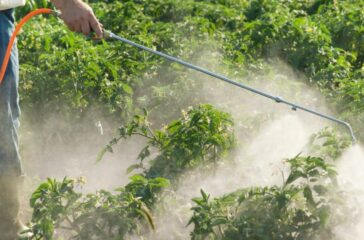California pushes ahead with its new pesticide-reduction plan
By Pam Strayer and Carey Gillam
Amid mounting evidence of the risks some synthetic pesticides pose to human and environmental health, California regulators this week were pushing ahead with a recently announced “roadmap” aimed at transitioning the state to more sustainable options for managing weeds and insects,
The California Department of Pesticide Regulation (DPR), in partnership with the California Department of Food and Agriculture (CDFA), held two public webinars on Thursday seeking to explain the details of the plan – and bolster support for it – as the state nears the March 13 close of the public comment period on the proposal.
State officials announced the plan in January, saying the goal is to eliminate the use of “high-risk pesticides” by 2050 to “better protect the health of our communities and environment, while supporting agriculture, food systems and community well-being.”
That message was underscored in Thursday’s event: “The evolving science about risks and impacts from certain pesticide uses on our health and our environment, which too commonly impacts communities already overburdened by other environmental hazards, point to the importance of accelerating this system-wide shift,” Clare Mendelsohn deputy secretary for public policy at California Environmental Protection Agency, said in the evening webinar.
State officials say the Sustainable Pest Management (SPM) plan is visionary and will significantly overhaul harmful agricultural practices in the state, helping protect farmworkers and others put at risk through exposure to pesticides known to be harmful to human health.
CDFA Secretary Karen Ross has said that once implemented, the recommendations would “ensure an abundant and healthful food supply, protect our natural resources, and create healthy, resilient communities.”
But some say the plan falls short in many respects, and that faster and more aggressive actions are needed to protect and enhance soil health, adapt to climate change, and protect human health.
 EWG
EWG